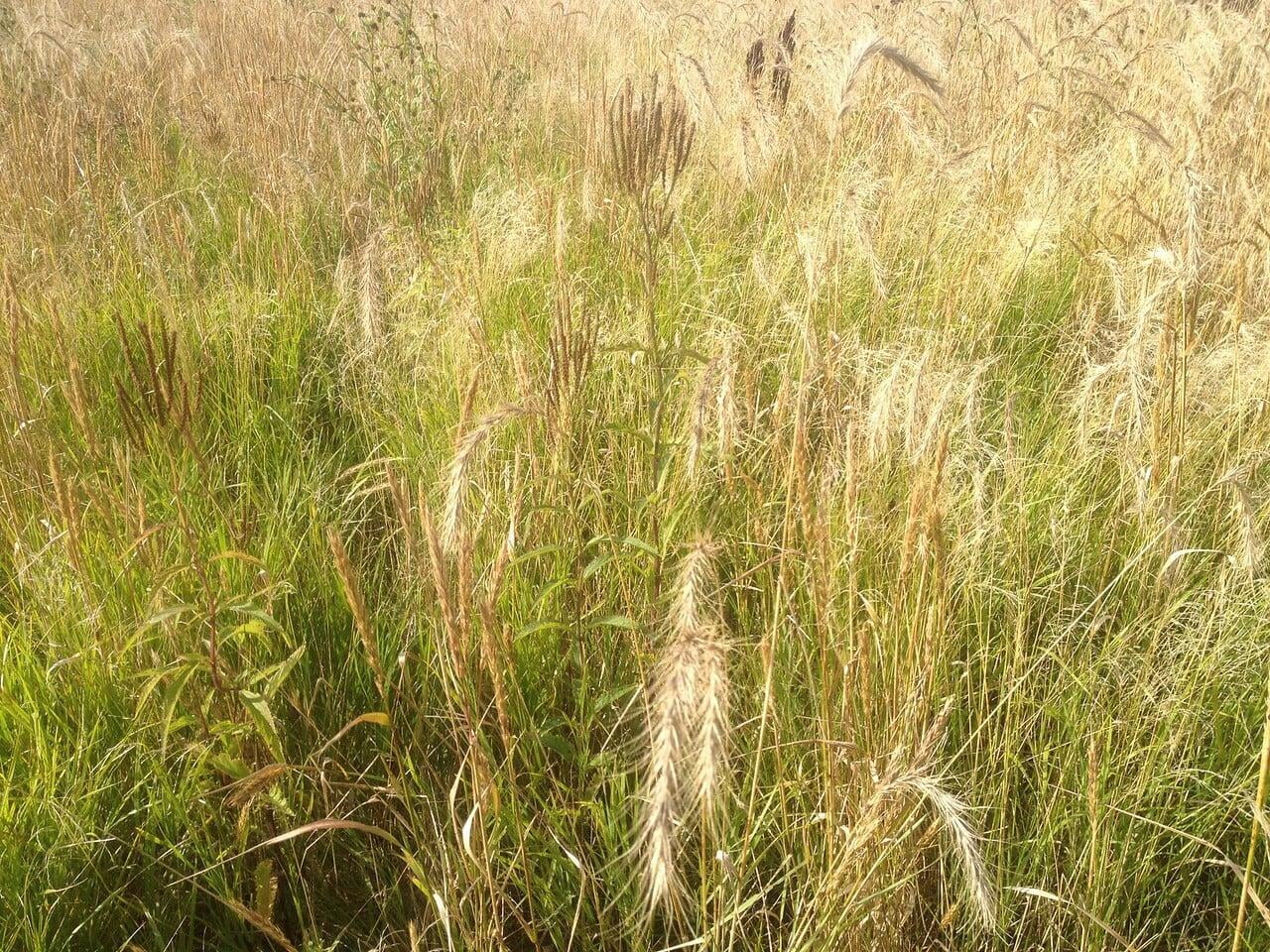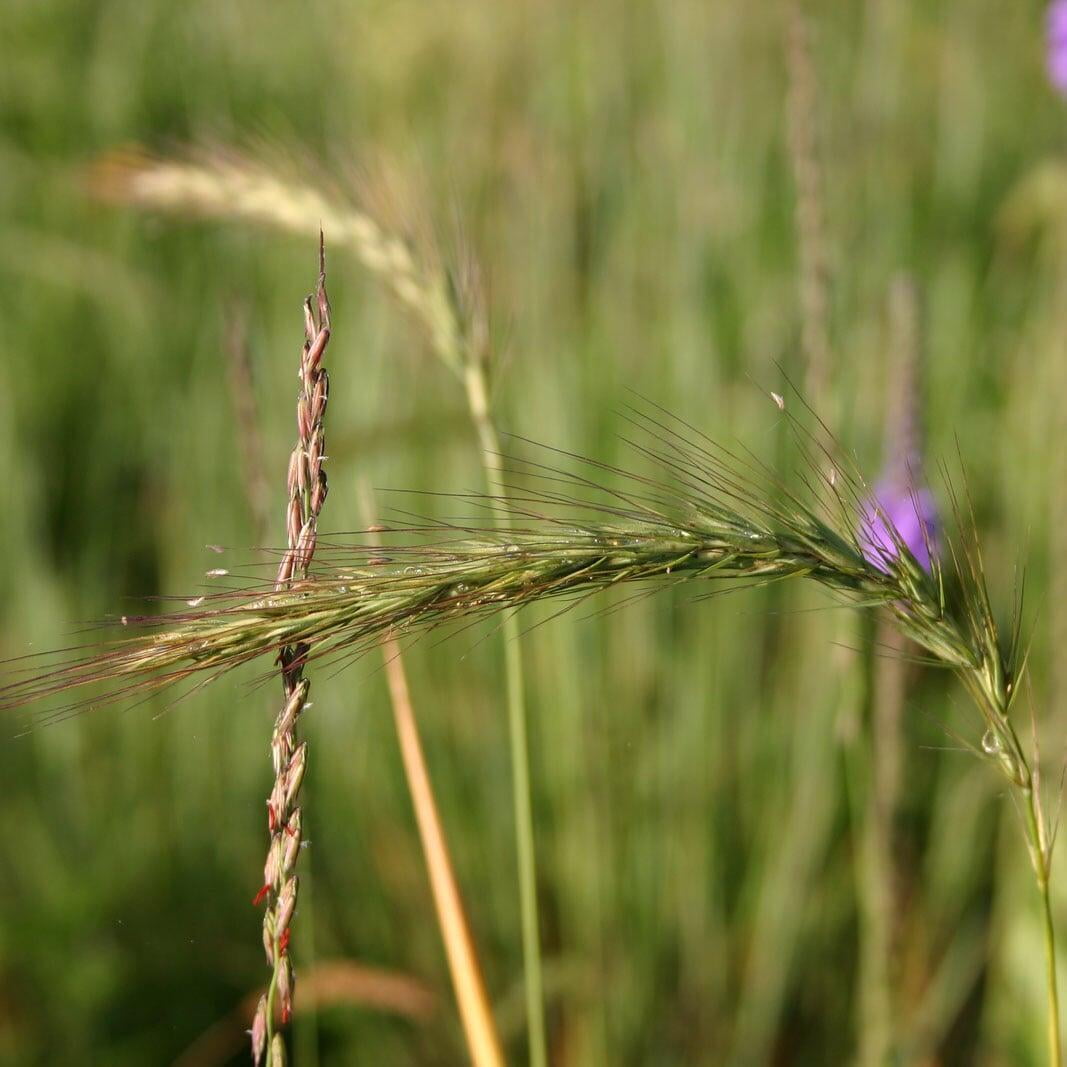Elymus canadensis
Canada wild rye Description:
Elymus canadensis, commonly known as Canada wild rye, is a native grass species found throughout North America. It is a cool-season, perennial grass that belongs to the Poaceae family.
Canada wild rye grows to a height of 5 feet and has long, narrow, green leaves that can reach up to 10 inches (25 cm) in length. The grass produces flowering stems that bear spikelets of flowers from late spring to early summer. The flowers are usually greenish or purplish and turn golden brown as they mature.
One of the most notable characteristics of Canada wild rye is its ability to stabilize soil and control erosion. The grass has deep roots that help to anchor the soil in place, making it a valuable species for use in erosion-prone areas such as stream banks and hillsides.
Canada wild rye is also an important plant for wildlife, providing cover and food for a variety of animals including birds and small mammals. In addition, it is often used in landscaping and restoration projects because of its attractive appearance and ecological benefits.
Overall, Elymus canadensis is a valuable grass species that can help to stabilize soil, provide wildlife habitat, and enhance the beauty of a variety of landscapes.
Native Range:
In Minnesota, Canada wild rye is found throughout the entire state. More broadly, Canada wild rye is found from coast to coast in the United States, with the exception of the extreme Southeastern states.
Standard Plant Information:
Plant height: 1' - 5'
Bloom time: July - August
Preferred habitat: Does well in part shade to full sun and moist to dry soil. Often found in sandy prairies, dunes, woodland edges, and roadsides.
Sowing:
For most homeowners, the best option is to scatter seed on the ground by hand broadcasting at a minimum of 15-16 pls lbs per acre. For even coverage, we recommend that you broadcast seed in perpendicular rows across the site to ensure even coverage.
Planting:
Simply dig a hole in the soil slightly larger than the plant’s roots. Ensure that the soil line of the plant is maintained during the transfer (i.e. the plant should be at the same level with the ground as it was in the pot). Pack any loose dirt back around the plant and make sure you water it well the same day to ensure it has the best chance of survival.













